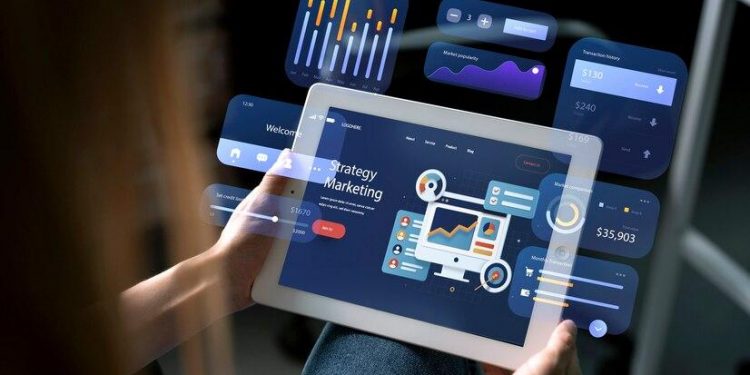Human beings are compelled to find ways to predict future events. Taking past experiences and quickly assessing how similar they are to current situations, using that information to make educated guesses about what’s likely to happen next.
The human brain is primed for predictive analytics, although it’s only quite recently data analytics tools and predictive models have been developed for business purposes.
What is Predictive Analytics?
Predictive analytics is typically the usage of an intelligence algorithm intended to foresee possible outcomes using received data, interpreted using certain specific approaches, such as analyses utilizing big data plus machine learning and artificial intelligence.
In the future, predictive marketing metrics will be refined in such a way that a market research company, whose success relies on the relevance of what it uncovers, and marketers in general, will be aware of the virtues of predictive marketing metrics. The use of predictive marketing metrics will offer more value and will be able to give more informative insights.
As predictive analytics get better, thanks to the increasing capabilities of AI and machine learning, market research business intelligence could very well lean more towards what to expect in the future, beyond what happened in the past.
How Does it Work?
In simple terms, big data regression analytics is the principal device used in predictive analytics by data scientists.
Regression analysis identifies the degree of connection between customer attributes and their actions, such as buying products. Assessing how much each variable impacts behavior by observing regression coefficients, and subsequently generating a probability score for future behaviors.
Analysis of this kind can then be used to automatically tweak and optimize current and future business logistics, based on the different variables that influence consumer buying behavior.
To illustrate, here are several examples of how marketing and sales teams are leveraging predictive analytics to make decisions that strengthen the B2B enterprise and enhance the customer journey.
Uses of predictive analytics include:
- Forecasting retail sales for accurate growth predictions
- Qualifying and prioritizing leads to reach the best customers first
- Identifying high-value customers
- Making decisions about which new products and services will succeed
- Targeting customers more efficiently
Predictive analytics are already helping market researchers to bring more meaning out of the data that they already have collected from online platforms.
Soon it will also allow them to get similar leverage out of past data, and to complement traditional research methods such as focus groups and data contributed to research communities, and to help match up with appropriate respondents.
The predictive analytics model can be fed data gathered from various sources; from an existing CRM, social media data, data from the web, social media data, survey data, mobile data, community data, and data from payment and browsing history.
Algorithms and cross-validation can sort all of that information, filtering bad data and pulling the key variables to the surface.
Predictive analytics can be applied to any data market researchers have previously gathered, telling them about future customers, market movement, and qualitative markets.
Wrapping Up
Predictive analytics has come a long way, but it isn’t exactly where it’ll be in a few years, it is constantly evolving and is finally beginning to make some headway in the business world, proving helpful to online communities and the entire market research sector.
Follow Techdee for more!





